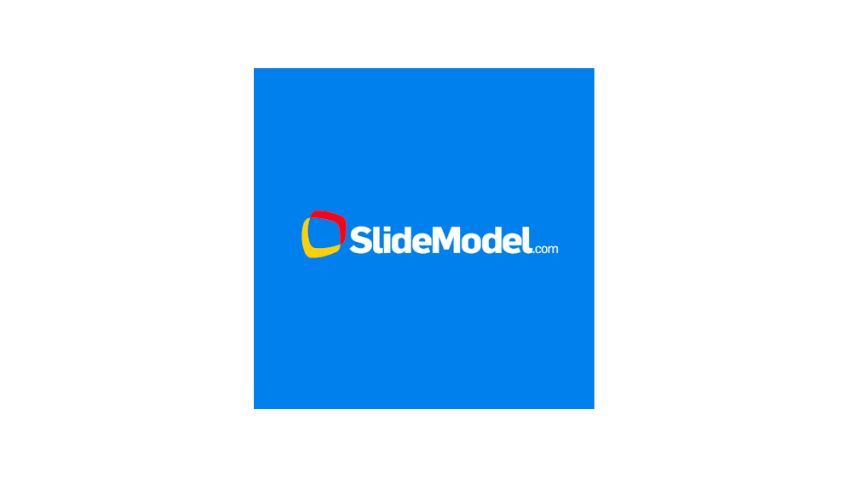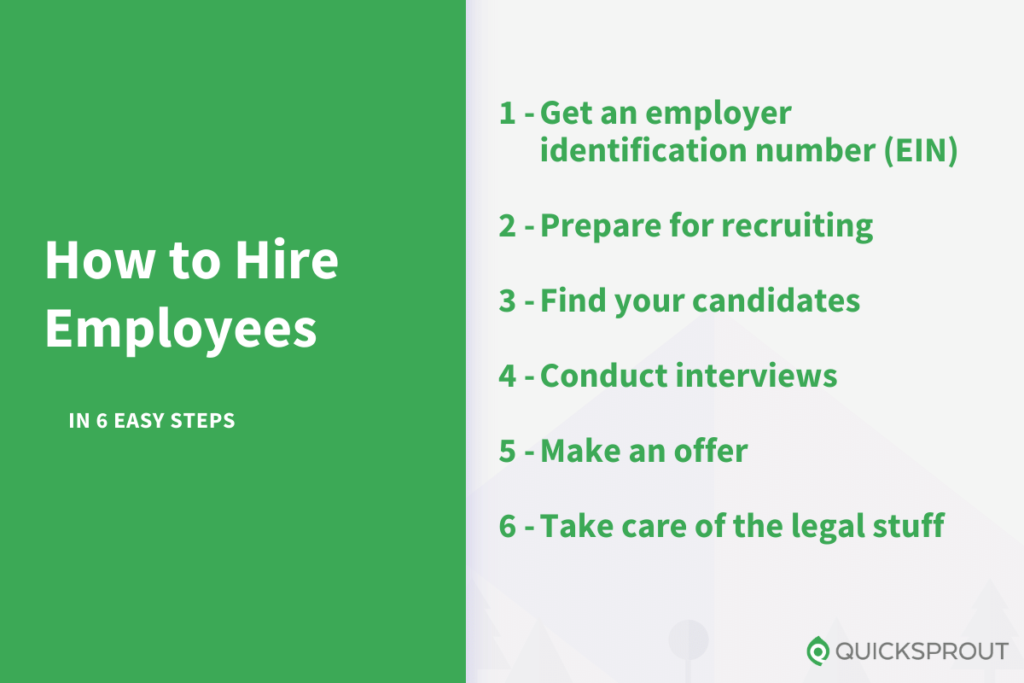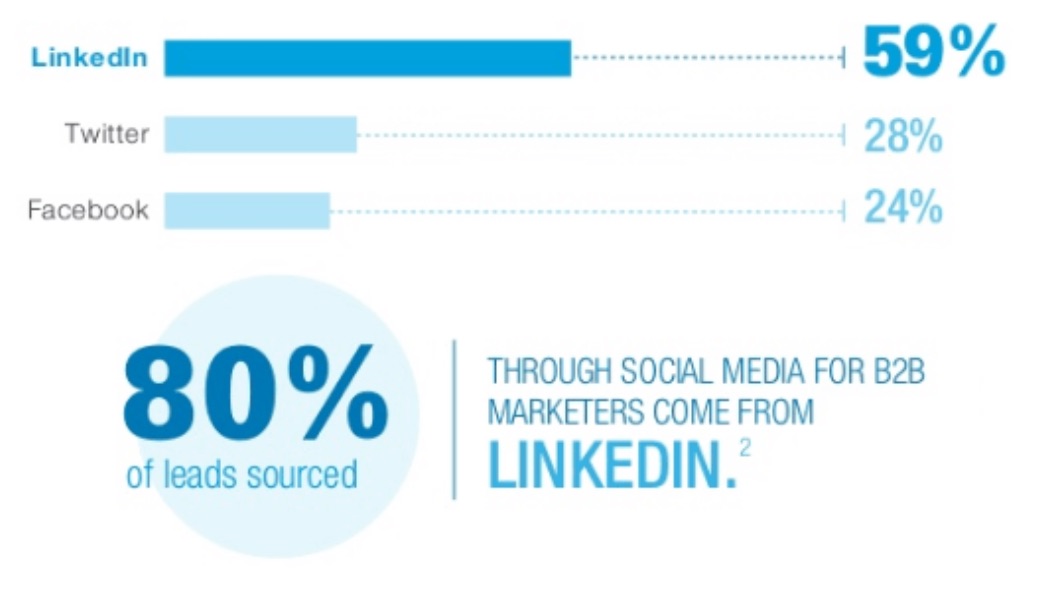7 Questions to Create a Bold Vision
Somewhere along the journey vision gets blurred. We hack away at life without knowing what we really want.
You need a destination – a bold vision – to get where you want to go.
Bold vision is a target:
There’s always a bit of aimless wandering in life. But there are powerful moments of clarity when we imagine a possible future.
Begin with what you don’t want.
When I ask people what they want, they invariably tell me what they don’t want. Narrow your field of vision by getting ‘don’t wants’ out of your system.
Don’t camp out in Don’t-Want.
Paint a picture of your bold vision:
“Paint a picture of the life you want that is so vivid someone else can see it.” Wendy Leshgold
‘How’ gets in the way of ‘what’. First, focus on what you want, even while your inner voice yells, “You don’t know how to do that.”
Don’t let ‘how’ beat down your vision.
You won’t know how to achieve the life you want in the beginning. Paint your future in vivid colors anyway.
Bold vision exercise:
Ask yourself 7 questions to clarify your bold vision (From the book, Fast Forward). Limit your perspective to one year from now.
- What are you known for?
- What were your professional outcomes?
- How would you describe the culture of your team or company?
- What were your personal outcomes?
- How did you grow and improve?
- What is your outlook on life?
- How would you describe the quality of your important relationships?
What suggestions do you have for creating a bold vision?
Many of the books on my shelf represent conversations with smart people. I’ve had many since the beginning of Leadership Freak. I had one yesterday with Wendy Leshgold. This post is inspired by that conversation and the book Fast Forward.
Dig deeper:
Wendy Leshgold and Lisa McCarthy wrote Fast Forward to help people create the life they want. They describe five power principles to create the life you want. This post focuses on principle #1 – Declare a Bold Vision
Like this:
Like Loading…





 ]]> {{{ ( data.maybeFilterHTML() === ‘true’ ) ? _.escape( data.label ) : data.label }}} ]]>
]]> {{{ ( data.maybeFilterHTML() === ‘true’ ) ? _.escape( data.label ) : data.label }}} ]]>














